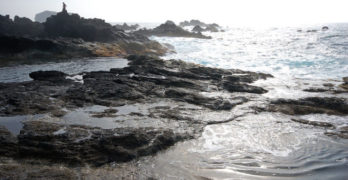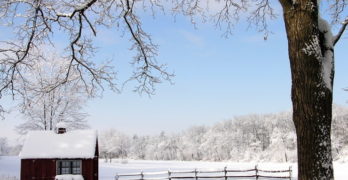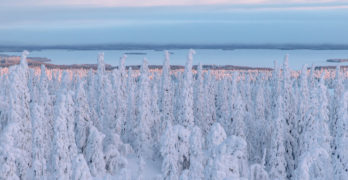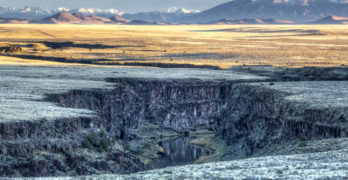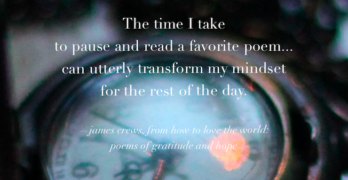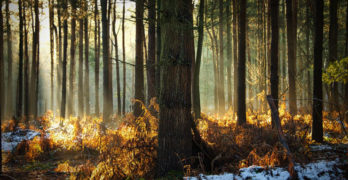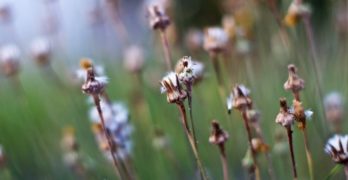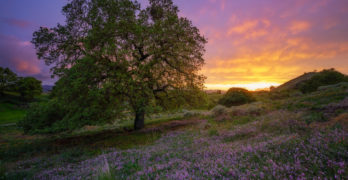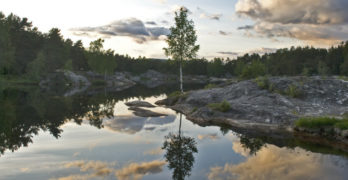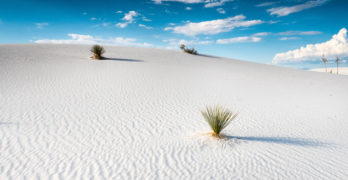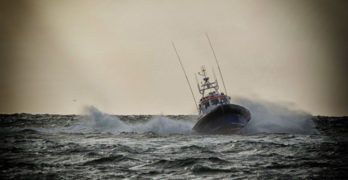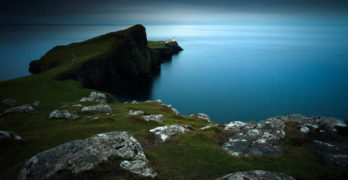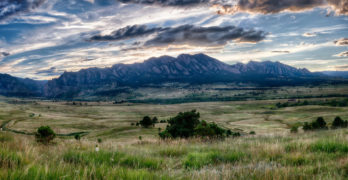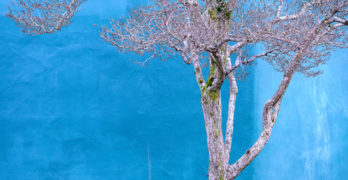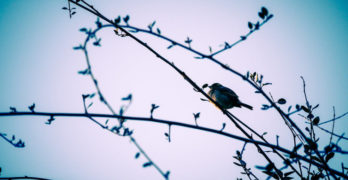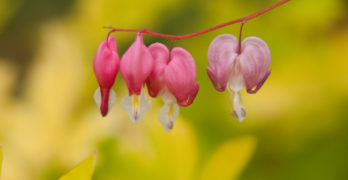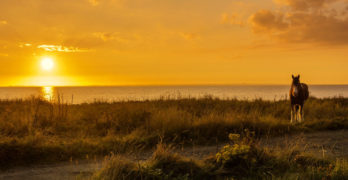The poems of “Iona” by Kenneth Steven take us to a Scottish island of both history and remembered childhood.
Robert Hudson: What Thomas Merton Had on His Record Player
In “The Monk’s Record Player,” Robert Hudson explains how Bob Dylan influenced Thomas Merton – and defined a moment in America.
Poets and Poems: Donna Hilbert and “Threnody”
“Threnody” by poet Donna Hilbert reminds us that lament is inspired by grief, which is in turn inspired by deep love.
Poets and Poems: Daniel Leach and “Places the Soul Goes”
In “Places the Soul Goes,” poet Daniel Leach takes us on a journey of discovery that transcends time and space.
Tuesday, Jan. 11: It’s Poetry at Work Day 2022!
For Poetry at Work Day 2022, consider the names of the people you’ve worked with or work with now. You’re going to find poetry!
The Enduring Appeal of “Sir Gawain and the Green Knight”
“Sir Gawain and the Green Night” continues to find readers and audiences, helped by modern translations and a movie with Dev Patel.
Poets and Poems: Gabrielle Myers and “Too Many Seeds”
In “Too Many Seeds,” poet Gabrielle Myers uses food and nature to reflect upon life, meaning, and what we often take for granted.
Poets and Poems: Tina Barry and “Beautiful Raft”
Poet Tina Barry discovers a forgotten woman, and tells her story in “Beautiful Raft,” a work of fiction written as prose poems.
Poets and Poems: Sarah Dickenson Snyder and “With a Polaroid Camera”
Like a photograph, the poems of “With a Polaroid Camera” by Sarah Dickenson Snyder invite you to see what’s there — and what might be.
Poets and Poems: Yahia Lababidi and “Learning to Pray”
In “Learning to Pray,” poet Yahia Lababidi asks an eternal question: how do we fill the spiritual vacuum in our hearts?
Poets and Poems: Kelly Chripczuk and “The Courage It Takes”
The poems of “The Courage It Takes” by Kelly Chripczuk tell the story of the disconnect between inner self and outer reality.
Poets and Poems: Shane McCrae and “Sometimes I Never Suffered”
In “Sometimes I Never Suffered,” poet Shane McCrae uses the historical figure of a mixed-race boy to tell a larger story.
Poets and Poems: David Russell Mosley and “The Green Man”
To read the poems of “The Green Man” by David Russell Mosley is to walk the ancient paths of Nature and faith.
Poets and Poems: Brittney Corrigan and “Daughters”
In “Daughters,” poet Brittney Corrigan has imagined the experience of the daughter of 50 figures of fiction fairy tales, folklore, and myth.
Poets and Poems: Mark Johnson Cole and “Four Texas Quartets”
Mark Johnson Cole has constructed a poetic mythology of his home state in “Four Texas Quartets,” and he’s honored T.S. Eliot along the way.
Poets and Poems: Ada Limón and “The Carrying”
In “The Carrying,” poet Ada Limón takes the commonplace and turns it into reflections and meditations that are both personal and universal.
Poets and Poems: Sr. Sharon Hunter and “To Shatter Glass”
The 56 poems of “To Shatter Glass” by Sr. Sharon Hunter strive to make sense of a life filled with pain, grief, and suffering.
Sitting in ‘Mildred’s Garden’ with Laura Boggess
“Mildred’s Garden” by Laura Boggess combines music, poetry, the beauty of West Virginia, and a refugee story into a delight of a novel.
Poets and Poems: Peter A and ‘Art of Insomnia’
The poems of “Art of Insomnia” by Peter A tell the story of a profound grief, a loss so devastating that the poet questions his existence.
Poets and Poems: Andrew Benson Brown and “Legends of Liberty”
“Legends of Liberty” by Andrew Benson Brown is part epic, mock-epic, historical fact and invention, and all sheer fun.
